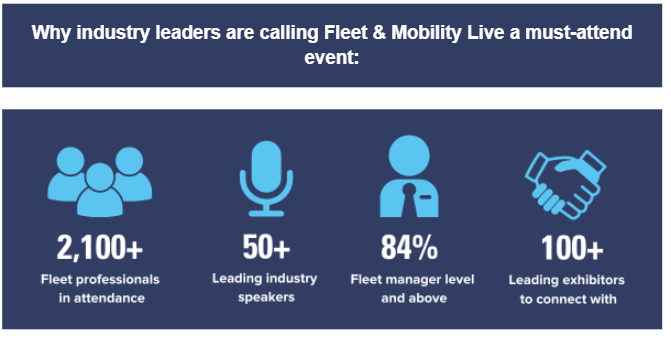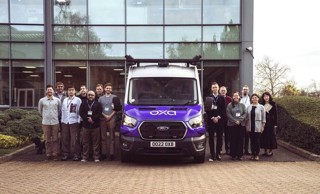Automotive risk experts at Thatcham Research have warned the Government that building trust in driverless vehicles with the public and insurers must be a priority.
With the Government keen to get trials of driverless vehicles on England’s roads in 2026, it has launched two consultations on the safe adoption of the technology.
One is calling for views on what safety standards should be sought for automated (self-driving) vehicles in the UK, while the other seeks views on protecting the use of certain terms in vehicle marketing so they can only be used for authorised automated vehicles (AVs).
Both consultations close on September 1, and come after ministers gave the go-ahead for pilots of self-driving taxi and bus services on England’s roads from spring 2026 – a year earlier than expected.
Tom Leggett, vehicle technology manager at Thatcham Research, said: “These consultations are an encouraging and much needed next step, enabling Thatcham Research and others from the sector to collaborate with Government and ensure that AVs are sustainably adopted in the UK.
“While these consultations cover a range of important topics linked to AV adoption such as the safety framework, standards and principles, building trust with the public and insurers must be a priority for Government.
“In order for AVs to gain acceptance, transparency must be at the heart of deployment. That means making data, functionality, and operational design domain principles clearer to the public and insurers.”
He added: “A lack of clarity about liability has already led to confusion in consumer markets, and misleading marketing around automated system capabilities must be avoided.
“The term ‘automated vehicle’ may be protected by the Automated Vehicles Act 2024, but ambiguity remains around the wider definition of automation itself.”
Leggett says that the consultations rightly highlight the need for systems to be clearly presented to drivers and users.
“As the industry transitions, manufacturers must ensure that liability is crystal clear – users in charge need to know when they are responsible for regaining control of these vehicles,” he continued.
“This principle extends to safety performance: the focus must shift away from vague benchmarks and instead highlight how safety is measured, with improved access to data that supports enhanced automated driving standards.
“Vehicle manufacturers, insurers, and local authorities must work together to make this visibility a priority.”
Leggett believes it is essential that should things go wrong, post-event data is made transparently available to help understand what happened and who was in control of the vehicle at the time of a collision – system or driver.
He argues that this is crucial for affordable insurance and to foster public trust.
“Ultimately, public trust is the foundation for successful deployment,” he explained. “The Government must work with industry not only to refine regulation but also to ensure consumers and insurers have confidence in the technology.
“Lessons from the deployment of assisted driving technology highlight the risks of poor public perception and understanding – missteps which cannot be repeated with automation.
“Finally, timely and unhindered access to relevant vehicle data is vital, to protect consumers and allow insurers to fulfil their customer obligations as set out by the Automated and Electric Vehicles Act 2018.”

























Login to comment
Comments
No comments have been made yet.